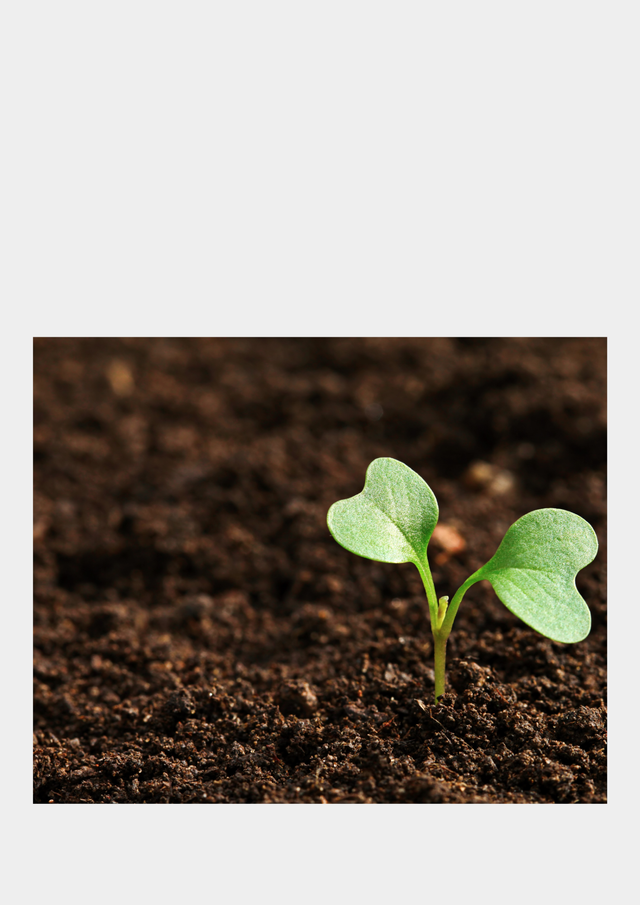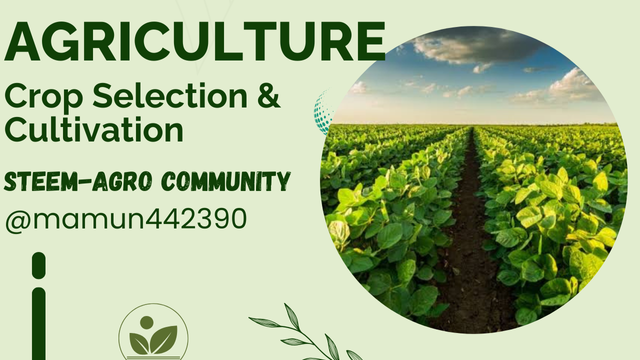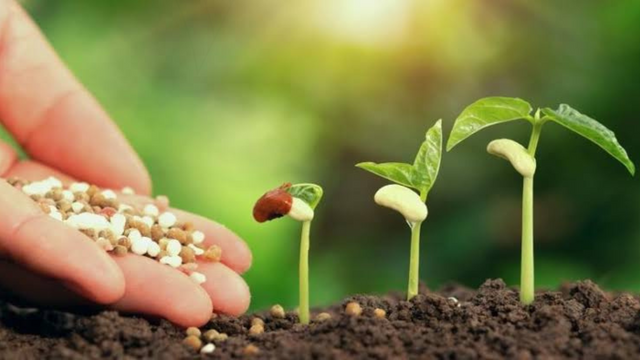Crop Selection and Cultivation
Bismillahir Rahmanir Rahim Assalamu Alaikum. I am @mamun442390. From #Bangladesh. How are you there I hope you are well by God's grace, I am also well today @muhammad-ahmad Sir, Steem4Bloggers Community, 📢📢 CONTEST ON! Thanks, @muhammad-ahmad sir for organizing such a nice contest. The title of this competition is Crop Selection and Cultivation. I will try to write about Crop Selection and Cultivation here with my talent and creativity.
When selecting a crop to cultivate, several factors must be considered, including:
Climate and Soil Conditions: The crop should be suitable for the local climate and soil type to ensure optimal growth and yield.
Water Availability: Consider the water requirements of the crop and ensure there is sufficient water available for irrigation.
Market Demand: Choose crops that have a steady market demand to ensure profitability.
Pest and Disease Resistance: Select crops that are resistant to common pests and diseases to minimize losses.
Crop Rotation: Consider the crop's impact on soil health and fertility to implement effective crop rotation practices.
Labor and Equipment: Evaluate the labor and equipment requirements of the crop to ensure the resources are available or can be easily acquired.
Processing and Storage Facilities: Ensure there are facilities available for processing and storing the harvested crop.
By taking these factors into account, farmers can make informed decisions when selecting a crop to cultivate.
Monoculture farming involves growing a single crop in a given area, which can lead to higher susceptibility to pests, diseases, and soil depletion. In contrast, polyculture farming involves cultivating multiple crops in the same area, promoting biodiversity, reducing reliance on synthetic inputs, and enhancing soil health. By planting a variety of crops, polyculture systems can be more resilient and sustainable over the long term compared to monoculture farming.

Traditional methods include crop rotation, intercropping, and using organic fertilizers. Modern methods involve genetically engineered crops, precision agriculture techniques like drones and sensors, and controlled environment agriculture such as hydroponics and vertical farming. These approaches aim to optimize resource use, reduce pests and diseases, and increase efficiency in crop production.
Invite my three friends. @imranhassan, @abdulmukit, @tammanna
Thanks All.


Very nice your post and you have mentioned about agriculture and different types of crops very nicely about farm fields. Very nice thank you very much for mentioning me otherwise your very nice post might not have been enjoyed. Best of luck to you.
@mamun442390, remember to share your content on Twitter
Ok sir
https://x.com/mamun442390/status/1856761105391259727?s=19
Welcome to steem-agro!
MODs Comment/Recommendation:
Thanks for your valuable content. We appreciated your effort to explain the selection and cultivation methods. Remember to engage with other users by making valuable comments. This will increase your chance of receiving rewards and attention.
Remember to always share your post on Twitter using these 3 main tags #steem #steemit $steem
it seems like you have maintained the many important factors for selecting a crop to grow that great.
Nice Post .